Brian Cho: Discovering design, identity, and creativity
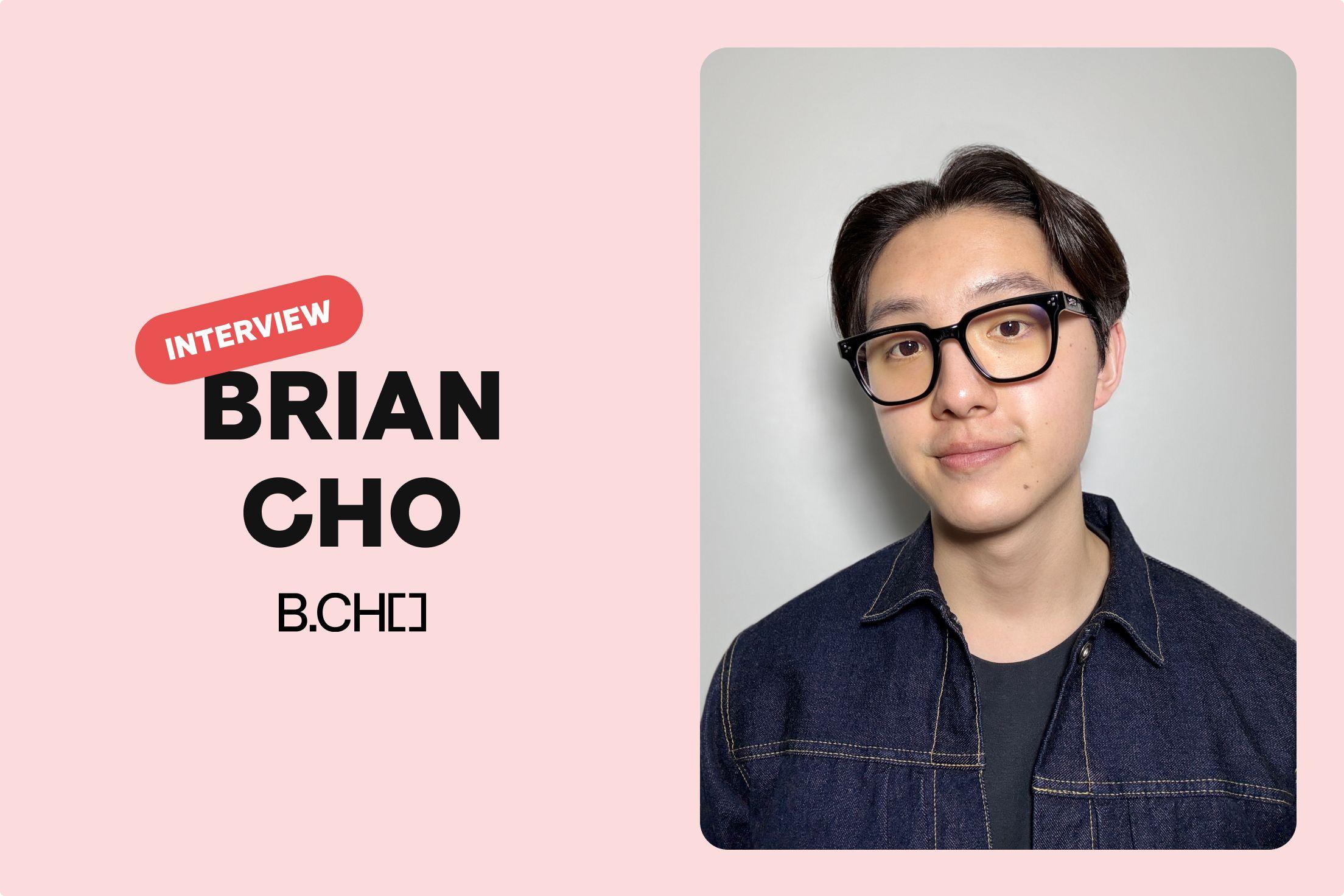
Written by
Fluffys Team
Published on April 3rd, 2025
Initially aiming for engineering, a simple art project unexpectedly changed everything. Fast forward a bit, and he's designing at Apple, blending creativity with careful precision. In this relaxed chat, Brian shares what it took to embrace his cultural roots, overcome creative hurdles, and truly find his voice as a designer.
Every designer has an origin story—can you recall a moment from your early life that first sparked your passion for design?
To be honest, becoming a designer wasn’t something I had dreamed of growing up. I originally planned to pursue mechanical engineering, but that dream quickly fell apart when I realized I absolutely sucked at math and physics.
I had always enjoyed doodling random things, and my mom, who once dreamed of becoming an artist, saw potential in me. She decided to enroll me in a small art academy near home to help me build a portfolio for art school. My first project was designing a logo for a “Save the Water” campaign, and I instantly fell in love with graphic design. The idea of bringing my imagination to life while solving complex problems through visual elements fascinated me, and it quickly became my passion.
How did your background or cultural heritage shape your aesthetic sensibility?
I'm originally from Korea, and growing up as an immigrant, I found myself wanting to hide my cultural background. There was a sense of trying to fit in, to align with the Western norms around me. But as I’ve gotten older, my appreciation for Asian culture, particularly Korean and Japanese design, has grown significantly. Over time, I’ve come to realize how much of my identity and my design sensibility is rooted in these influences.
What once felt like something to conceal has now become something I’m proud to embrace. The clean lines and balance in Japanese design, along with the boldness and expressive energy in Korean design, have both shaped the way I approach visual work. Combining these cultural influences with Western aesthetics has been a way for me to reconcile these different parts of myself, and it’s made my design process more meaningful and authentic.
Was there a pivotal moment or project in your early career that clearly set your path as a designer?
The branding project I did for the British Film Institute in my second year of college was when I really fell in love with design systems. I was fascinated at how a simple visual element could be stretched across everything from print to digital, and still create this really cohesive, recognizable identity.
I already loved graphic design before, but that project changed everything for me. It made me realize that with just graphic elements, I could create something that felt like a whole new entity. That was the moment I got hooked into this world.
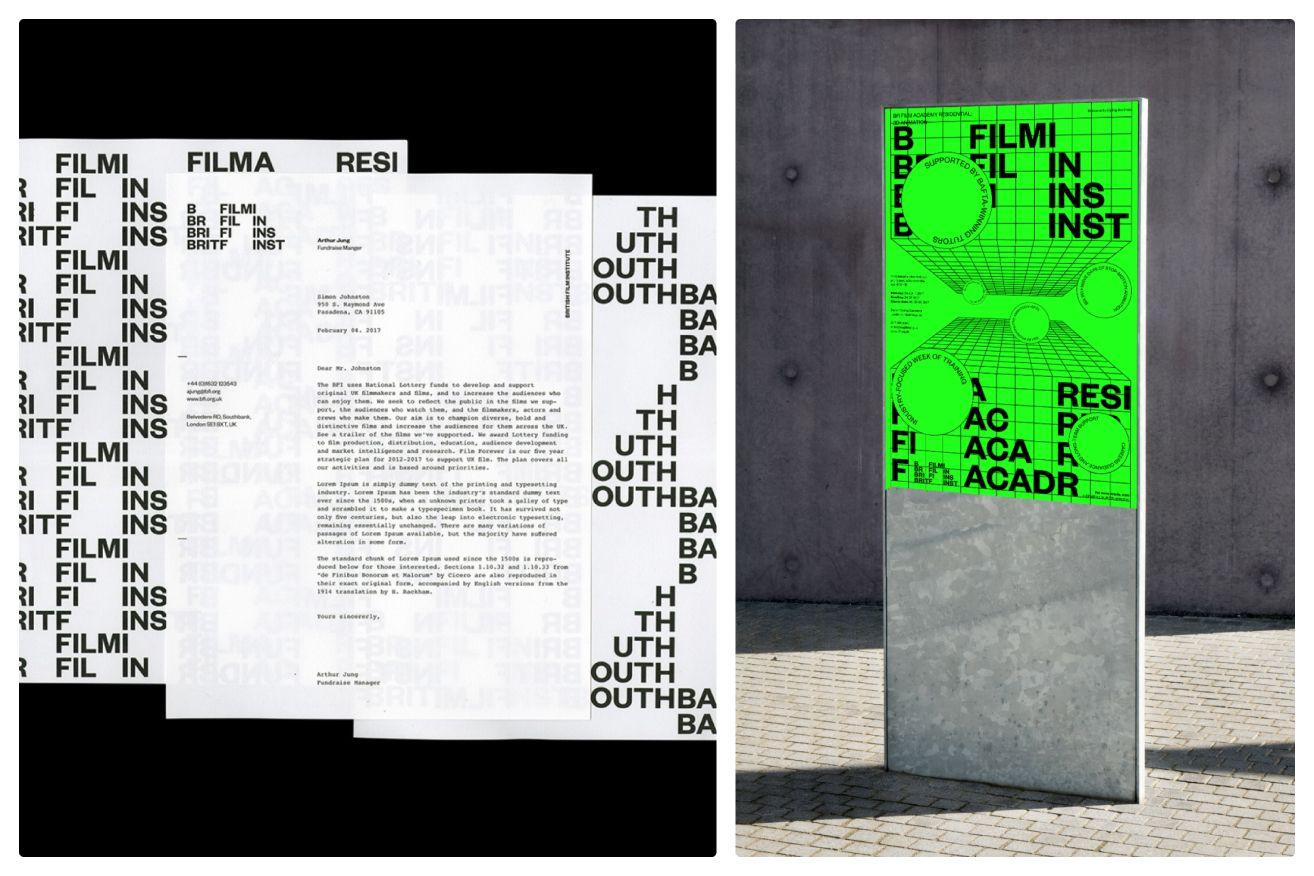
What personal influences or artistic inspirations have significantly impacted your creative journey?
While studying at ArtCenter from 2015 to 2020, I was heavily influenced by the aesthetics of the European graphic design scene, especially Swiss design. These days, I find myself increasingly drawn to Japanese design and music culture, and my personal work naturally reflects a blend of both Western and Eastern influences.
Lately, I’ve been particularly inspired by artists like Tatsuro Yamashita, Ryuichi Sakamoto, Tadao Ando, and Yusaku Kamekura—among many others. Their work has deepened my appreciation for rhythm, space, and visual harmony, shaping how I approach design. I’m really enjoying this creative journey because, for the first time, I feel truly in tune with a culture that resonates with me—while also finding new ways to express that connection through my work.
 / (right) [Church of the Light](https://www.metalocus.es/en/news/shaping-light-church-light-tadao-ando) by Tadao Ando, 1989. Photograph by Nobuyoshi Araki.](/_next/image?url=https%3A%2F%2Ffluffysblob.blob.core.windows.net%2Ffluffys-blob-stg%2Fuploads%2Fbriancho_tokyo_olympic_fluffys_8e06138f07.jpg&w=3840&q=75)
(left) Kamekura Yusaku’s iconic Tokyo 1964 Olympics identity / (right) Church of the Light by Tadao Ando, 1989. Photograph by Nobuyoshi Araki.
Across your poster designs, there’s a strong sense of composition, color, and narrative. How do you approach creating a poster that feels visually striking yet conceptually meaningful?
My personal design work is based on what I personally resonate with at the time. This can be the intersection of Americana and Japanese culture, inspired by figures like Shohei Ohtani, or influenced by a specific song. I strive to transform my imaginations and the things I resonate with into something concrete, visual, and sometimes tangible.
Do you have a favorite among your posters? If so, what makes it stand out to you personally?
I like them all equally. When designing these posters, I aim for a cohesive look and feel, considering them as a unified collection rather than individual pieces.
How do you decide on the balance between typography and imagery in your poster work?
To be honest, I often rely on intuition and experimentation when designing. Ultimately, it’s about achieving a good rhythm. I always consider whether there’s a clear visual hierarchy. I believe that posters work best when type and imagery don’t compete with each other. I believe there should always be a clear message paired with an image that complements it.
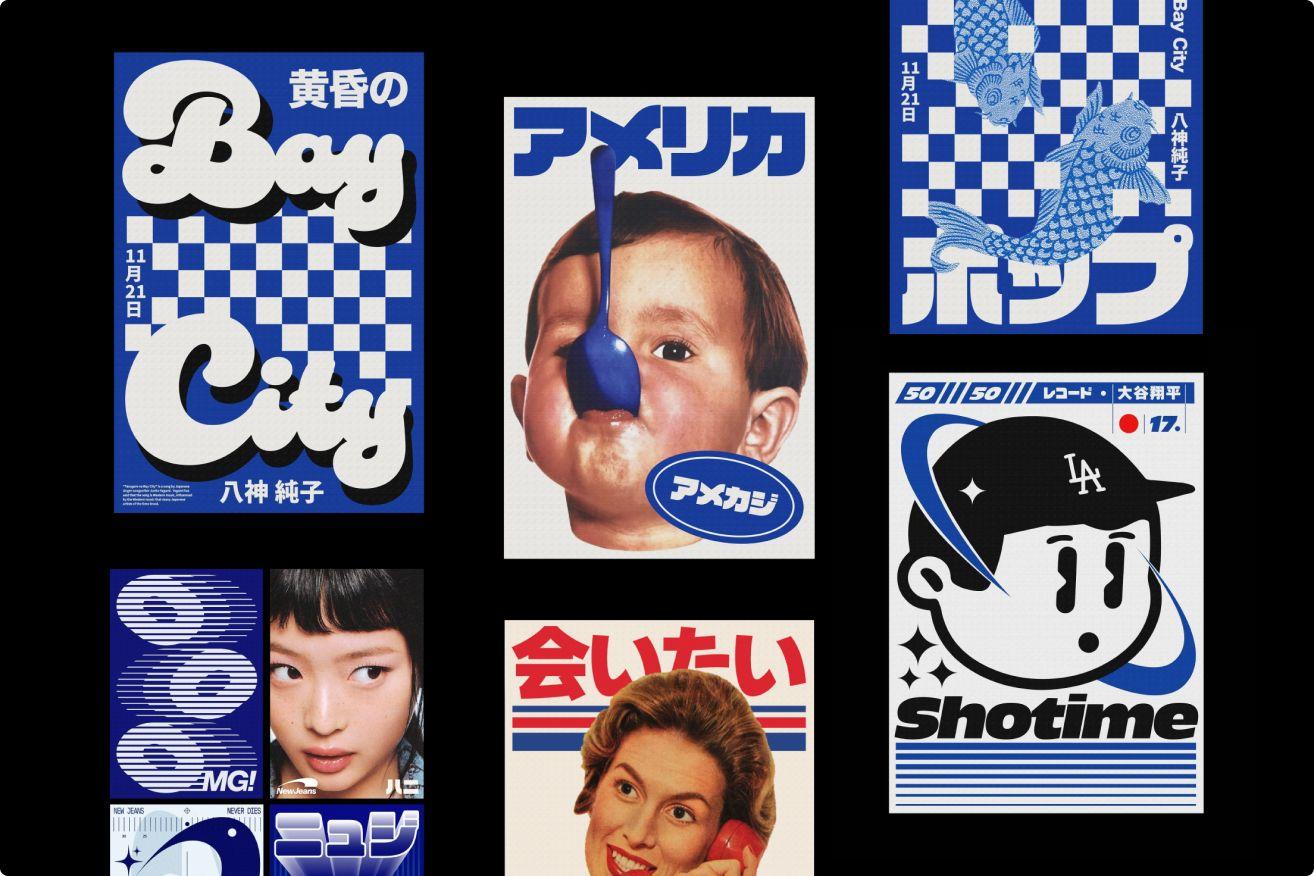
Have any of your posters evolved significantly from your initial vision during the design process? Can you share an example of that transformation?
I’ve always been drawn to traditional Swiss graphic design aesthetics and often apply its principles in my work. However, my exposure to Japanese design culture has become a significant influence in recent years. However, I believe that my design style will continue to evolve and change as I explore different interests and phases over time.

If you could design a poster for any historical moment, cultural event, or personal story, what would it be and why?
I’d love to redesign the identity and posters for the 1988 Seoul Olympics. As someone originally from Korea, I see that event as a pivotal moment that showcased the country's cultural and economic rise on the global stage. Exploring Hangul in the design process would be both a fun challenge and a way to stay connected to my own identity.
Can you share the story of landing your role at Apple—what emotions did you feel when you got that opportunity?
I was lucky to land an internship with Apple’s Marketing and Communications team in 2019, which later turned into a full-time offer.
The internship was a four-month program where I got to work alongside designers at Apple and see firsthand what goes on behind the scenes. Those months flew by, and when I got the offer to come back full-time, I was beyond excited. Getting to work with incredibly talented creatives from around the world was an experience I’ll always be grateful for.
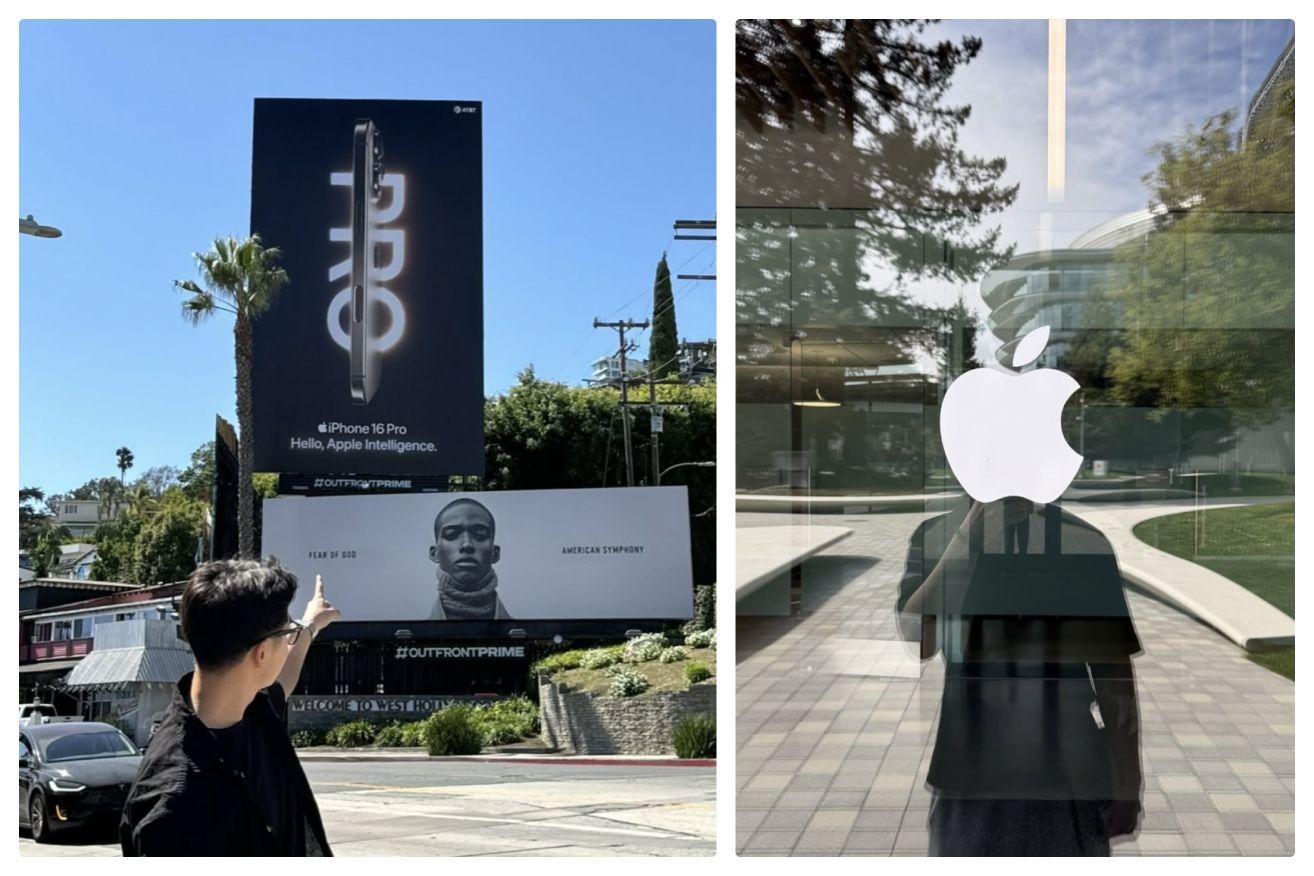
How has your experience at Apple shaped your approach to design and creativity?
Everyone on Apple’s design team is obsessed with great design and constantly strives to perfect their craft. Every pixel matters, but more importantly, every design decision is backed by a solid idea. Intentionality is at the core of everything we create, and that mindset has had a profound influence on my personal work. Being in that environment every day sharpened my eye for exceptional design and pushed me to continuously grow as a designer.
The team felt like a hub for sharing creative journeys, interests, and passions. That experience was deeply influential and will always be a pivotal moment in my career as a designer.
Could you describe a particularly rewarding project you worked on at Apple and why it stood out?
I can’t share much, but every project I worked on at Apple was rewarding in its own way because each one came with its own set of challenges. When I was in school, there was this idea that working in tech meant strictly following guidelines and rules. To some extent, that’s true, but Apple is different. It’s a design-focused company where creativity is at the core of everything. We were free to explore, push boundaries, and sometimes, the wildest ideas were the ones people appreciated the most. I don’t recall a single moment where a project wasn’t creatively challenging, and that’s what made every experience so rewarding. I learned something new from each one.
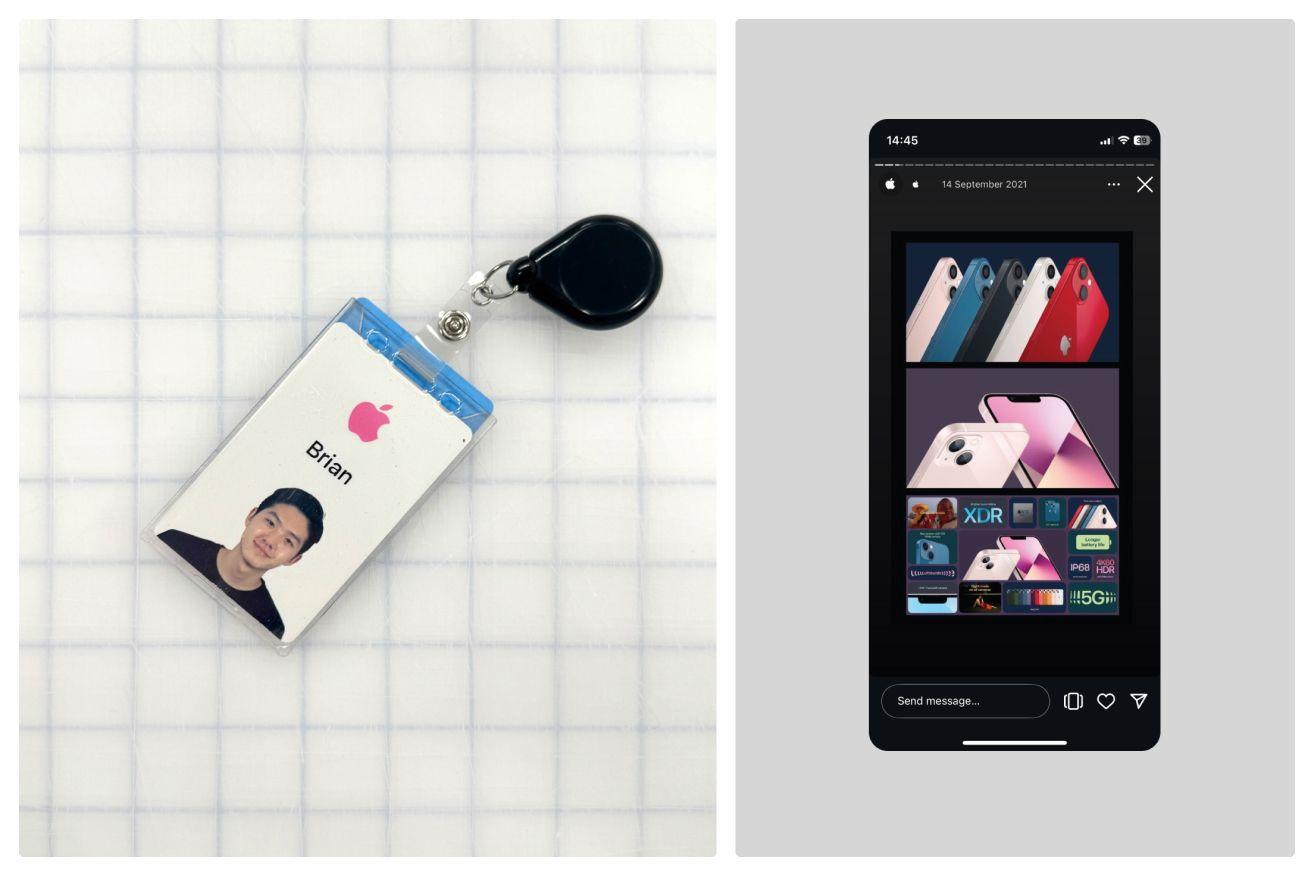
Take us behind the scenes of your creative process—what does your journey from idea to finished design look like?
I have this rule for myself: if an idea excites me, at least a little bit, I just start making it instead of overthinking. Whenever I think too much about an idea, I end up hitting a creative block and struggle to move forward.
Most of the time, I start with just a vague direction. Oftentimes, I have no idea what I’m doing or where it’s going, but along the way, new ideas start popping up. My process is really about figuring things out as I go. I never have a fully-formed concept from the start—it all comes together through hours of tweaking and experimenting. But when I’m working on it, there’s always that 'aha' moment when everything finally clicks, and that’s the thrill that keeps me going.
When you look back on your time at Apple and other significant milestones, what have these experiences taught you about yourself?
Looking back on my time at Apple and other significant milestones, I've learned a lot about myself, especially when it comes to collaboration and being open to different perspectives. I’ve come to realize that design is incredibly subjective. Everyone sees things differently, and it’s nearly impossible for everyone to see things the way I do. But I also know that I might not always see what others see.
At Apple, surrounded by highly talented designers, I learned how valuable it is to listen to different opinions. Every perspective matters, and it’s made me realize how crucial it is to advocate for your work while also being open to the fact that I might be wrong.

“Design doesn’t have to be this exclusive, intimidating thing. I want to help break down those barriers and show that anyone can get involved.”
Have there been times when doubt or creative block challenged your sense of identity as a designer? How did you overcome that?
I’m sure every designer goes through this phase, and it’s completely natural. In fact, I think it’s great because that’s when you start seeking inspiration and really challenge yourself to think outside the box. What’s always helped me is having a conversation with my peers (it doesn’t even have to be about design). Don’t you find that the most creative ideas come to you when you’re not really trying? For me, it usually happens when I’m talking to someone or even just taking a shower. So when I’m creatively stuck, I do those things, and it always seems to work.
I also think that this ‘creative block’ will always be around. It’s kind of a never-ending game. Every designer should embrace it and accept that it’s part of the journey. In fact, it might even be the most important part of the journey.
What’s the next story you're hoping to tell through your work?
I’m not sure, to be honest. I tend to make whatever comes to mind in the moment, and my inspiration changes all the time. I like to let my mind and spirit guide me, so let’s see where that takes me.
What legacy do you want your designs to leave in the broader design community or the world?
Pursuing design can be scary and intimidating for a lot of people. Art school is expensive, and there’s this fear of not being 'talented enough' to make it. I totally understand where they're coming from, and it’s a valid feeling. Personally, I hope to be a designer who can make design more accessible not just for aspiring designers, but also for anyone who’s curious about the field. Design doesn’t have to be this exclusive, intimidating thing. I want to help break down those barriers and show that anyone can get involved.
- designdesignerdesign inspirationcreative processdesign toolsinterviewpostermockupiphonevisual design